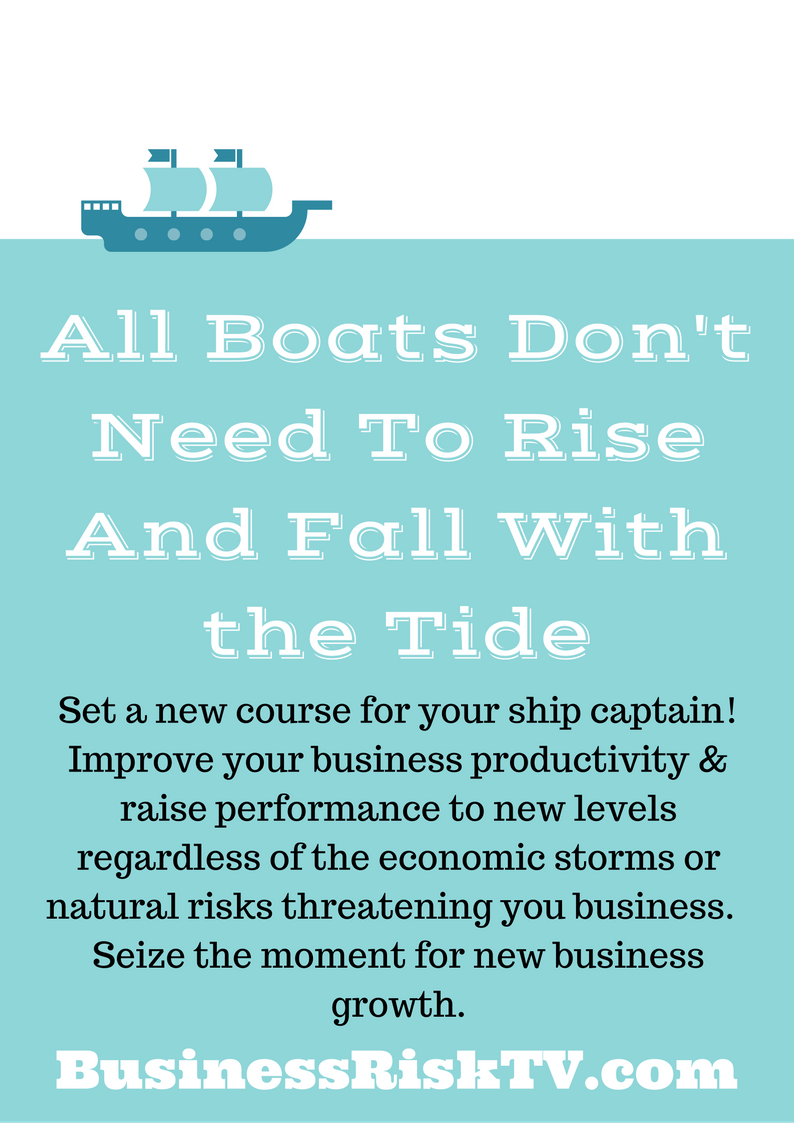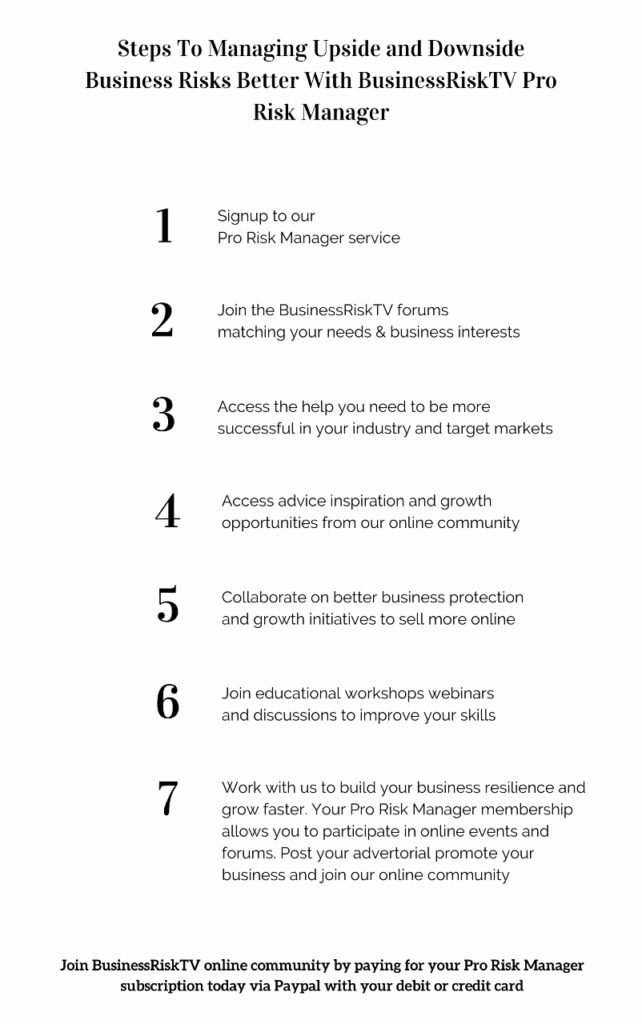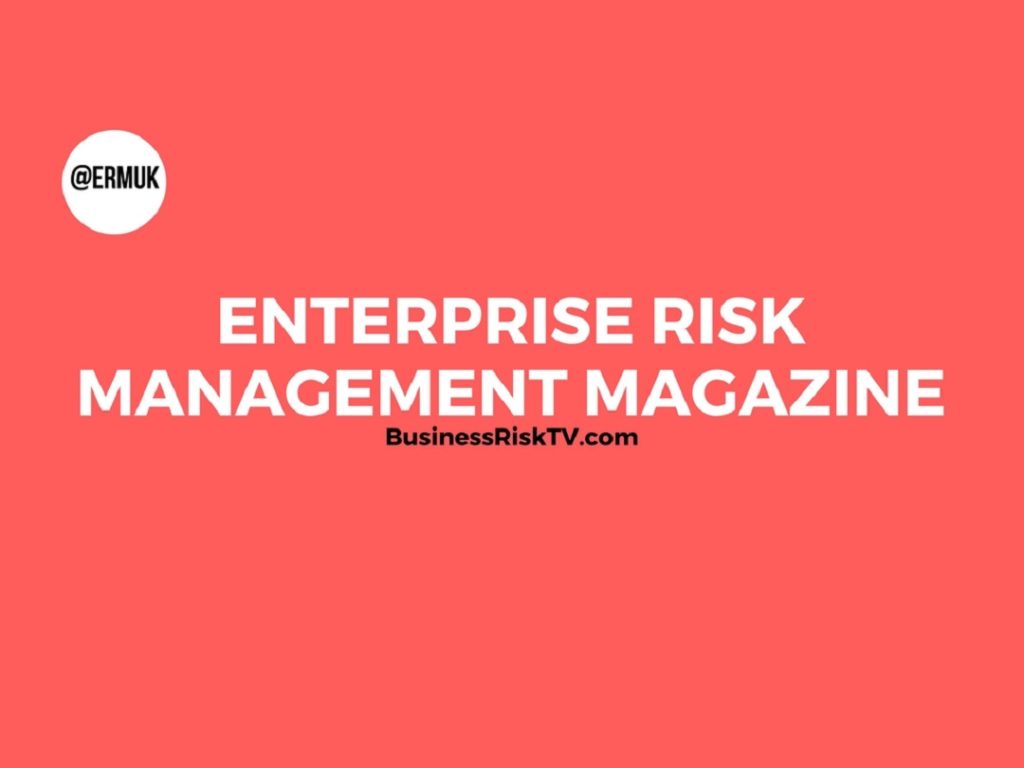How Can You Add Value to This Role? Unlocking Your Potential for Success
As a leader in your company, it is crucial to continually reassess how you add value to your role. By reevaluating your approach, you can unlock your potential for personal gain and foster faster business growth. Here are a few strategies to consider:
- Embrace a Growth Mindset: Cultivate a mindset that embraces learning and development. Seek out new challenges and opportunities for growth, both within and outside your current role. By constantly expanding your knowledge and skills, you become a valuable asset to your company.
- Foster Collaboration: Encourage collaboration and teamwork within your organisation. By building strong relationships with your team members, you create an environment where everyone’s unique skills and perspectives can contribute to the company’s success. This collaboration leads to increased innovation and productivity.
- Drive Strategic Initiatives: Take the initiative to identify and prioritise strategic projects and initiatives that align with your company’s goals. By proactively driving these initiatives, you demonstrate your ability to think strategically and make a significant impact on the organization’s growth.
By implementing these strategies and continuously reevaluating your role, you can add value to your position and set the stage for personal growth and accelerated business success.
The Three Most Important Things in a Working Environment
When considering the working environment, there are three crucial factors that significantly impact productivity, job satisfaction, and overall success:
- Open Communication: A working environment that fosters open communication is vital for success. Encourage transparent and honest dialogue among team members, where ideas, concerns, and feedback can be freely shared. This fosters trust, collaboration, and innovation.
- Supportive Culture: A supportive culture is essential for creating a positive working environment. Foster a culture where employees feel valued, supported, and motivated. Provide opportunities for growth, recognise achievements, and promote work-life balance. When employees feel supported, they are more likely to thrive and contribute their best work.
- Empowerment and Autonomy: Empowering employees with autonomy over their work is crucial. Allow individuals to take ownership of their projects, make decisions, and contribute their unique skills and perspectives. This sense of empowerment not only enhances job satisfaction but also leads to increased creativity and productivity.
By prioritising open communication, cultivating a supportive culture, and empowering employees, you can create a working environment that promotes personal growth, job satisfaction, and ultimately, business success.
Making Yourself More Valuable to Your Employer: Strategies for Professional Growth
To increase your value to your employer, it’s important to continually develop your skills and expertise. Here are a few strategies to make yourself more valuable:
- Seek Professional Development Opportunities: Take advantage of professional development programs, workshops, conferences, and online courses relevant to your field. Acquiring new knowledge and staying up-to-date with industry trends positions you as a valuable asset to your employer.
- Expand Your Skill Set: Identify areas where you can expand your skill set. This could involve learning new technologies, acquiring proficiency in a different department, or developing leadership and communication skills. Broadening your capabilities allows you to contribute to various aspects of your organisation, making you indispensable.
- Demonstrate Initiative: Show initiative by taking on additional responsibilities, volunteering for challenging projects, or suggesting process improvements. Proactively seek opportunities to contribute beyond your assigned tasks, showcasing your dedication and commitment to your employer’s success.
- Foster Relationships: Build strong relationships with colleagues, managers, and leaders within your organisation. Cultivating a strong network not only enhances collaboration but also opens doors for mentorship, career guidance, and potential advancement opportunities.
By consistently investing in your professional growth and demonstrating your commitment to adding value, you can make yourself more valuable to your employer. Remember that personal growth and professional development go hand in hand, benefiting both you and your organisation.
Maximising Your Ability to Deliver Your Best Work More Often
Delivering your best work consistently is crucial for personal and professional success. To maximise your ability to do so, consider the following:
- Prioritise Self-Care: Taking care of yourself physically, mentally, and emotionally is essential for peak performance. Make sure to get enough rest, exercise regularly, maintain a healthy diet, and practice stress-management techniques. When you prioritise self-care, you enhance your focus, energy levels, and overall well-being, enabling you to perform at your best.
- Streamline Your Workflow: Identify and eliminate any unnecessary tasks or distractions that hinder your productivity. Organise your workspace, set clear goals, and establish effective time management techniques. Streamlining your workflow allows you to focus on high-value tasks and produce your best work more efficiently.
- Continuously Learn and Improve: Never stop learning and seeking ways to improve your skills and knowledge. Stay updated with industry trends, best practices, and emerging technologies relevant to your field. By staying ahead of the curve, you can bring fresh ideas and innovative solutions to the table, enabling you to consistently deliver exceptional results.
- Seek Feedback and Embrace Growth Opportunities: Actively seek feedback from your peers, superiors, and clients. Constructive criticism provides valuable insights into areas for improvement and allows you to refine your skills. Embrace growth opportunities such as workshops, training programs, and mentorship to further develop your expertise and expand your capabilities.
- Cultivate a Positive Mindset: Maintain a positive mindset even when faced with challenges or setbacks. Adopting a growth mindset allows you to view obstacles as learning opportunities and bounce back stronger. A positive mindset fuels resilience, creativity, and a drive to deliver your best work consistently.
By implementing these strategies and constantly striving for improvement, you can maximise your ability to deliver your best work more often. This not only benefits your personal growth but also contributes to the overall success and growth of your organisation.
Remember, rethinking how you add value as a leader and continuously seeking ways to enhance your performance is a powerful catalyst for personal gain and accelerated business growth. Embrace the opportunity to evolve and thrive in your role, and the results will be rewarding for both you and your organisation.
More business risk management articles videos and risk reviews
Rethinking How You Add Value as the Leader of Your Company for Personal Gain and Business Growth






